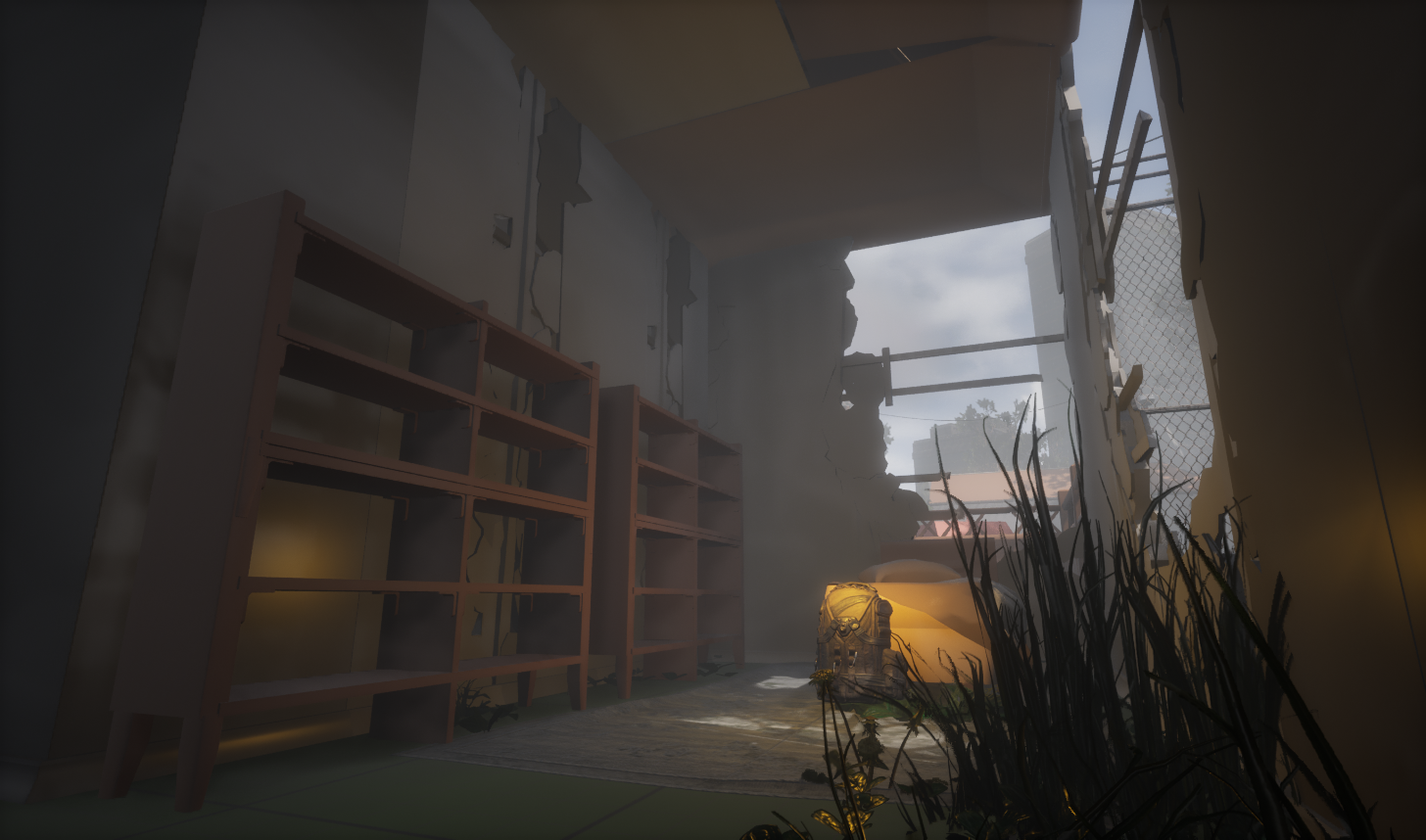
Long Way Home
Long Way Home is a two-week project I worked on during CGMA’s “Level Design for Games” course, which was led by Shane Canning (the Lead Level Designer at UNSEEN Inc). Throughout the design process, I drew inspiration from the narrative and pacing of the Last of Us series, as well as stealth elements from Days Gone and Metal Gear Solid V.
Pre Production
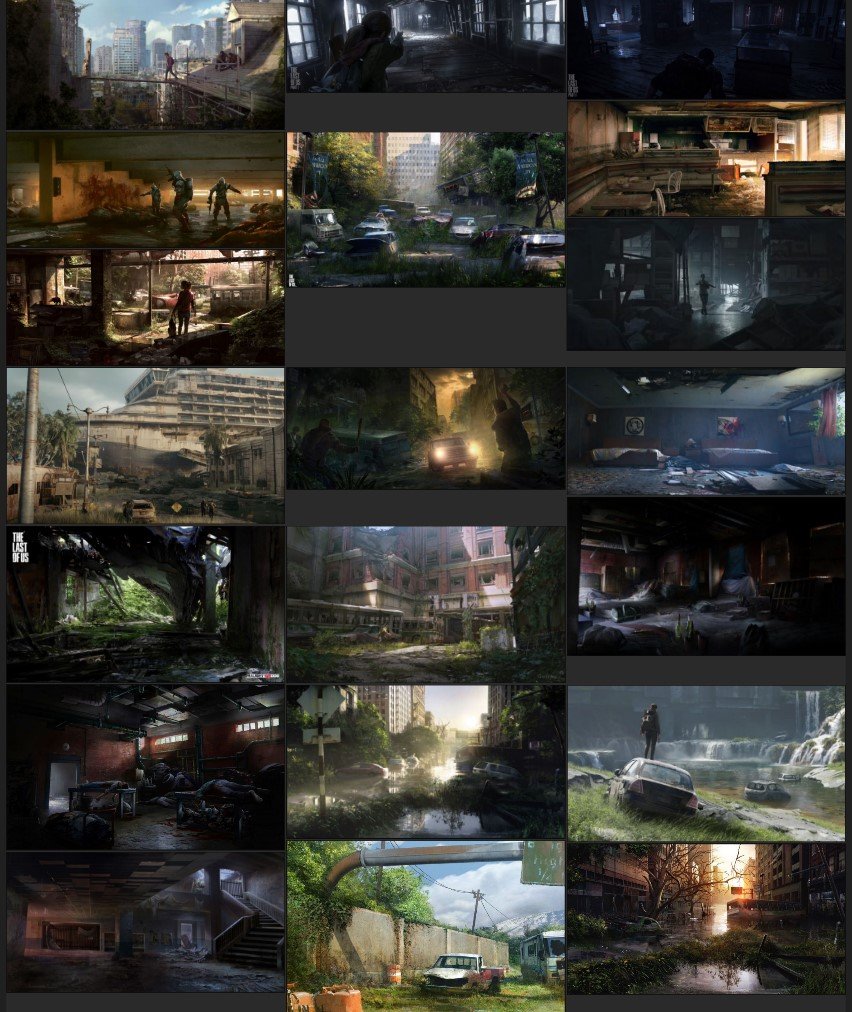
Reference Images
I first gathered reference images using PureRef, to flesh out the overall look and mood that I wanted to capture for the project. My goal was to bring together unique shapes and sight lines to fit the sense of realism caused by natural devastation. I also gathered samples of natural lighting, to help develop the project’s outdoor atmosphere.Using PureRef, I gathered reference images to help captivate the look and mood of the project. My goal was to gather unique shapes and sight lines to fit the sense of realism caused by natural devastation. I also gathered examples of natural lighting to help with the outdoor atmosphere.

2D Layout
I then created a simple 2D layout, to help establish a baseline for the general shape and flow of the level. By keeping the layout simple, I was able to more easily determine where level beats should trigger, while allowing for iteration and cuts if needed.
Blockout Process
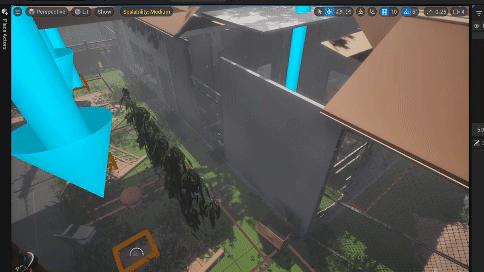
Blockout Tools and Kitbashing
From concept to final iteration, I primarily used Blockout Tools (from Dmitry Karpukhin) as well as a number of kitbashed static meshes and geometric shapes. Using a blend of tools and kitbashing methodology, I molded distinct shapes and static meshes together in order to create unique blockouts.
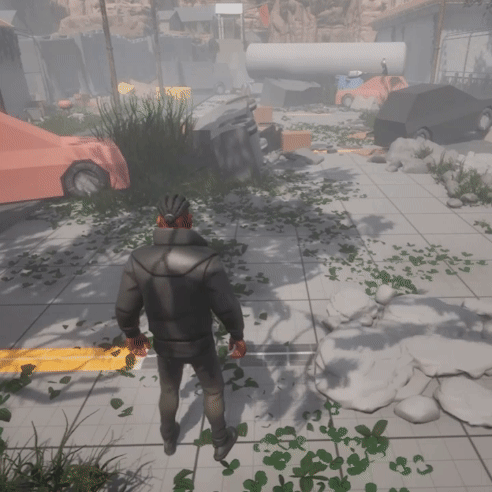
Height and Scale
I utilized height variations by providing the player with multiple “ground” planes to walk along, in order to create a sense of continual descent into a ruined city. To help bolster player immersion, I focused on creating a more impactful sense of scale with the surrounding skyscrapers, as well as the crumbling houses and exposed sewer pipes.
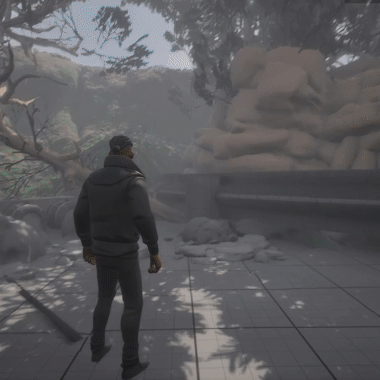
Narrative Beats
Throughout the level I placed trigger volumes to show floating text at specific points with either the character’s internal monologue or descriptions of the scene. These narrative volumes would help each level beat keep an immersive, narrative driven gameplay experience inspired by The Last of Us.
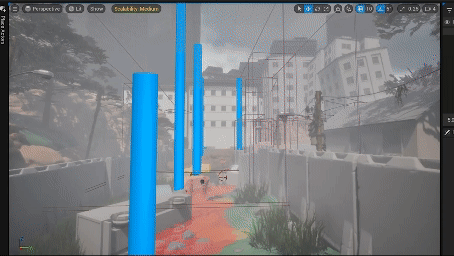
Prototyping Enemy Awareness
Using Unreal Engine’s Blueprints, I scripted a simple tool that detected the player with invisible triggers. Once the player was detected by an enemy, they would teleport at specific points I played throughout the level. By doing this, I was able to prototype a pseudo-respawn system that was functional and easy to implement. This script allowed me to utilize an awareness via proximity, as well as an awareness via line of sight, all with the same Blueprint.
Layout and Pacing
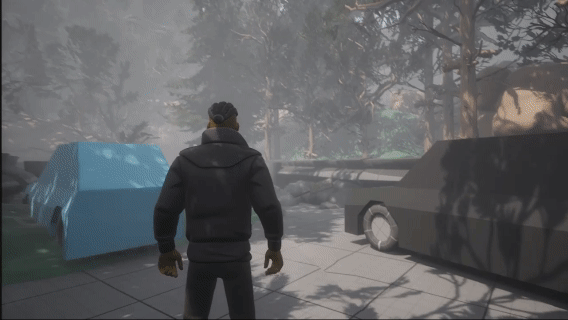
1: Car Wreck
The player wakes from a car wreck and is introduced to the text-based narrative system, where they learn they must find supplies to continue their journey.

2: Looting Houses
The player finds themselves in a small cul-de-sac that has been completely desolated. They find that there are a few small homes that have either supplies are some bits of narrative beats. The player’s character also gives some exposition on their character and motivations.
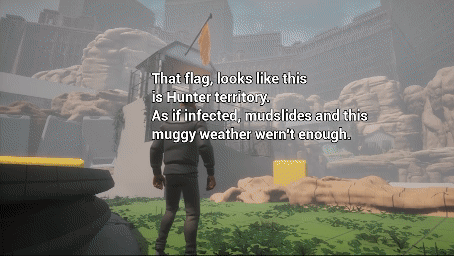
3: Broken Roads
Once the player has finished scouring the ruined homes, they find themselves following a path of broken earth and exposed sewer pipes. If they have not found some hidden infected in one of the homes, they will find infected in an overgrown patch of dirt, where they must sneak past to survive.
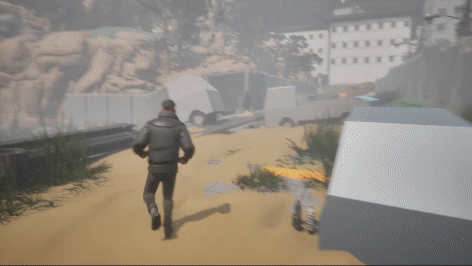
4: Sneaking Past Marauders
After avoiding the infected, the player finds themselves on an overgrown stretch of road that would either lead to more residential homes or an office building. While the player searches for more supplies they find hostile survivors. The player learns that these are the Marauders, bandits that attack any scavenger that they come across for their supplies. By crouching in tall grass, the player is able to avoid the Marauders’ line of sight.
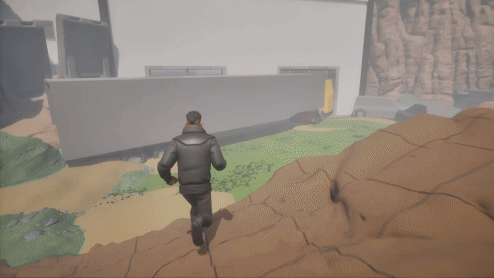
5: Entering the Office Building
The player has now encountered yellow paint as a form of breadcrumbs several times by now, which leads them to a broken shutter in the garage of an office building. The player learns more about the ruins of this city and discovers the only way to progress is to keep ascending floors.
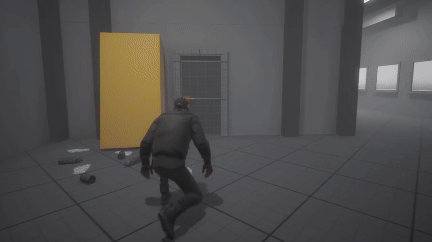
6: Avoiding Marauders
After a few floors, the player learns that they are not alone in the office building. The player sees more Marauders through a window and learn that they must crouch and be wary of where they walk to not get spotted. After a few more floors of scavenging and avoiding getting seen, they find their only means of escape, a broken window. During this segment the player believes that they must sprint towards the broken window or the alerted Marauders will catch up with them.
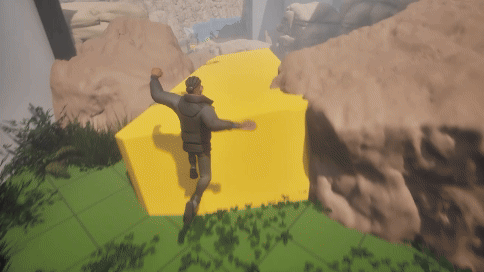
7: Bus Hopping
Now from from the office building, the player continues their journey through the city. The player is given a brief respite as they traverse atop of broken buses and cracked earth. Finally finding the coast, the player hears nearby gunshots and the sounds of infected.

8: Escaping the City
With the only way to escape is to advance forward, the player sneaks in tall grass and avoids getting to close to infected to avoid either being captured or killed. The player utilizes all that they have learned to stealth their way in an open war zone to reach the coast. Once the player has found every last bit of supplies they could, they then escape with an intact sailboat, hoping the supplies they have gathered would be enough to find their way home.


